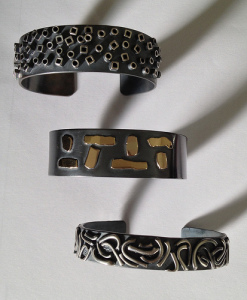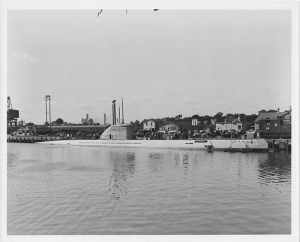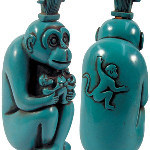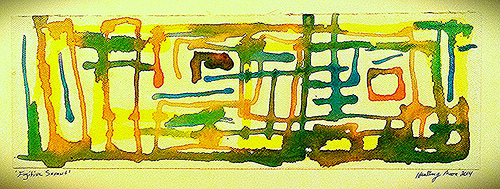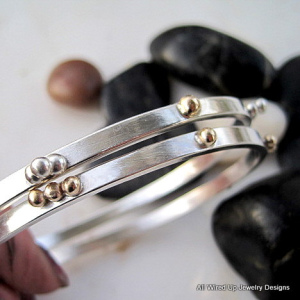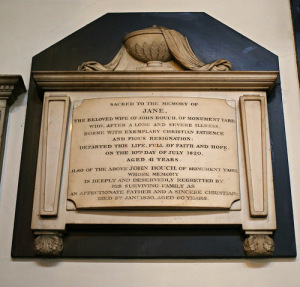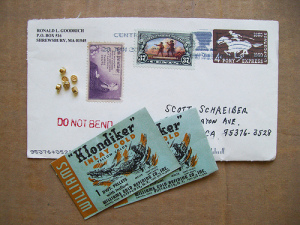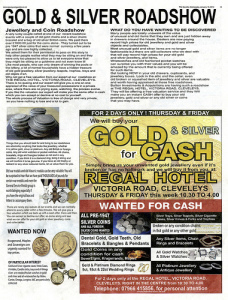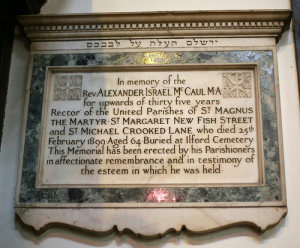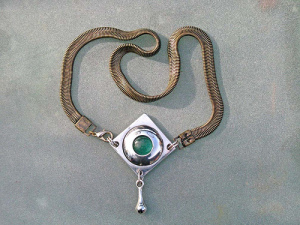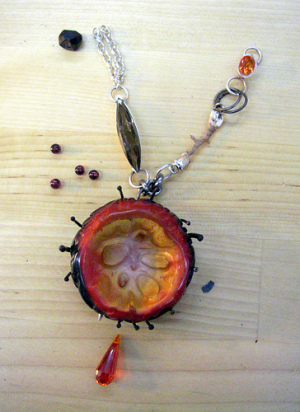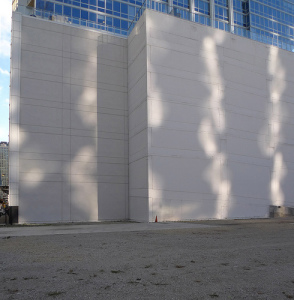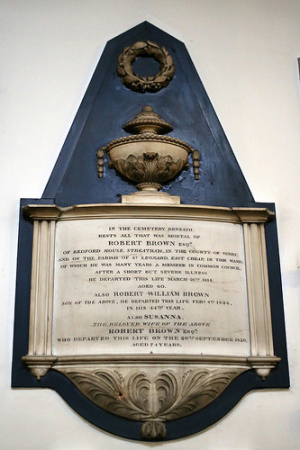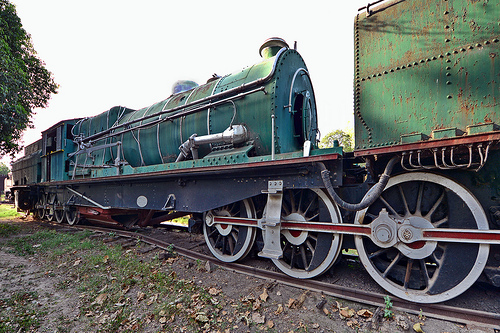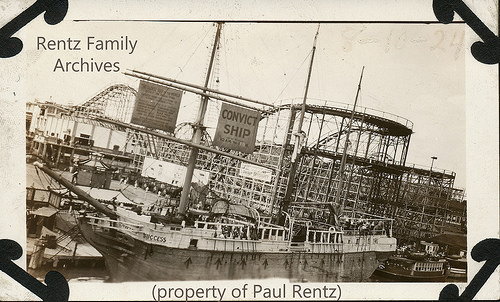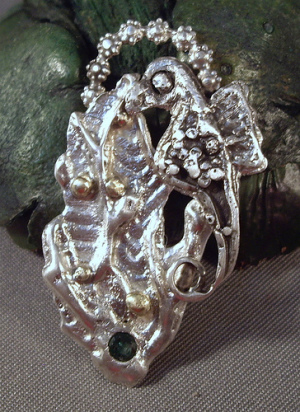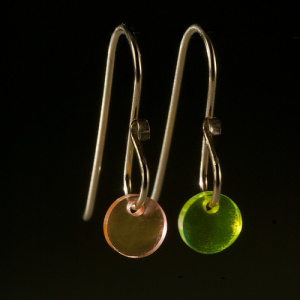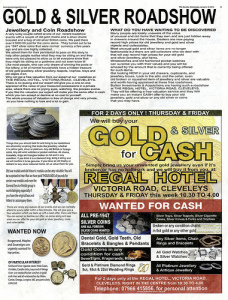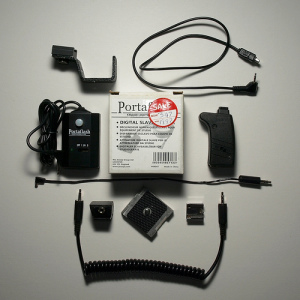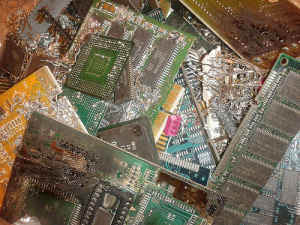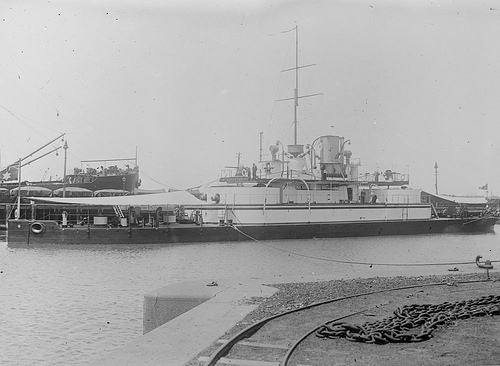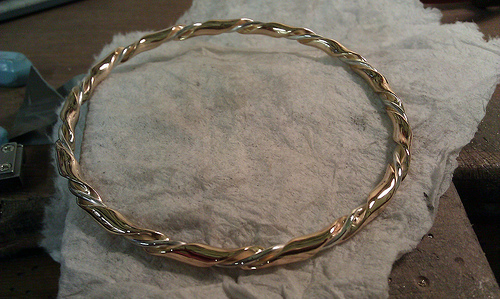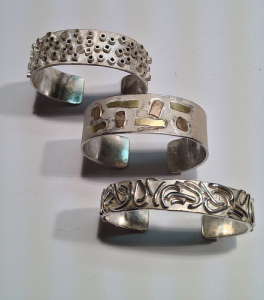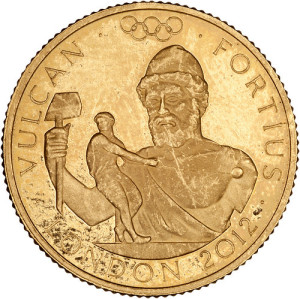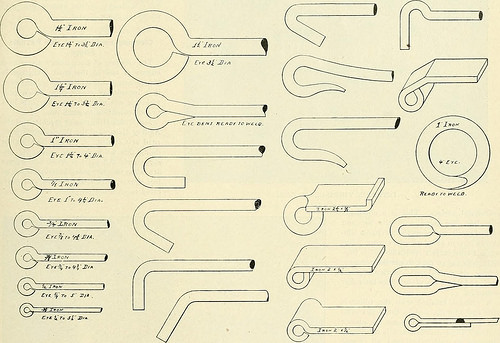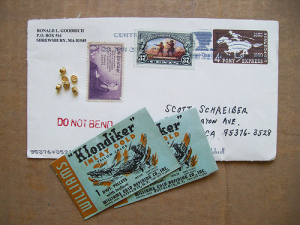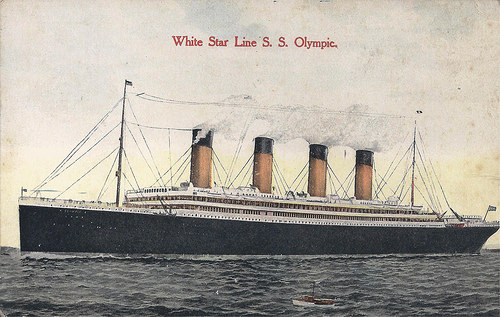Read More...
A considerable amount of heat is produced when tubes operate, both from the filament (heater) but also from the stream of electrons bombarding the plate. The requirements for heat removal can significantly change the appearance of high-power vacuum tubes. Although the miniature tube style became predominant in consumer equipment, high power audio amplifiers and rectifiers would still require the larger "octal" style of enclosure. Transmitting tubes could be much larger still. where to buy cheap LED Strip? Lightereryday is a good choice.
Most tubes produce heat from two sources during operation. The first source is the filament or heater. Some tubes contain a directly heated cathode. This is a filament similar to an incandescent electric lamp; some types glow brightly like a lamp, but most glow a dim orange-red. The "bright emitter" types possess a tungsten filament alloyed with 1–3 % thorium which reduces the work function of the metal, giving it the ability to emit sufficient electrons at about 2000 degrees Celsius. The "dull emitter" types also possess a tungsten filament but it is coated in a mixture of calcium, strontium and barium oxides, which emit electrons easily at much lower temperatures due to a monolayer of mixed alkali earth metals coating the tungsten; these only reach 800–1000 degrees Celsius.
The second form of cathode is the indirectly heated form which usually consists of a nickel cylinder, coated on the outside with the same strontium, calcium, barium oxide mix used in the "dull emitter" directly heated types. Inside the cylinder is a tungsten filament to heat it. This filament is usually uncoiled and coated in a layer of alumina (aluminium oxide) in order to insulate it electrically from the actual cathode. This form of construction allows for a much greater electron emitting area and allows the cathode to be held at a potential difference, typically 150 volts more positive than the heater or 50 volts more negative than the heater. For small-signal tubes such as used in radio receivers, heaters consume between 50 mW and 5 watts, (directly heated), or between 500 mW and 8 watts for indirectly heated types. Thus even a small signal amplifier might consume a watt of power just to warm its heater, compared to the milliwatts (or less) that a modern semiconductor amplifier would require for the same function. Even in power amplifiers the filament power may be responsible for an appreciable reduction in efficiency.
The second source of heat is generated at the plate (anode), as electrons accelerated by its high voltage strike it, depositing their kinetic energy there and raising its temperature. In tubes used in power amplifiers or transmitter output stages, this source of heat will far exceed the power due to the cathode heater. The plates of improperly operated or overloaded beam power tubes can sometimes become visibly red hot; this should never occur under normal operation of consumer electronics and is a precursor to tube failure.
Heat escapes the device by black body radiation from the anode (plate) as infrared radiation. Convection is not possible in most tubes since the anode is surrounded by vacuum. Considerations of heat removal can affect the overall appearance of some tubes. The anode is often treated to make its surface less shiny and darker in the infrared (see black body radiator). The screen grid may also generate considerable heat, which is radiated toward the plate which must reradiate that additional heat along with the heat it generates itself. Limits to screen grid dissipation, in addition to plate dissipation, are listed for power devices. If these are exceeded then tube failure is likely. recommend directory:Waterproof IP68 Aluminum Shell SMD 5050 LED Light Bar.
Tubes used as power amplifier stages for radio transmitters may have additional heat exchangers, cooling fans, radiator fins, or other measures to improve heat transfer at the anode (plate). High power transmitting tubes may have the surface of their anodes external to the tube, allowing for water cooling or evaporative cooling. Such a water cooling system must be electrically isolated to withstand the high voltage present on the anode.
Tubes which generate rather little heat, such as the 1.4 volt filament directly heated tubes designed for use in battery powered equipment, often have shiny metal anodes. 1T4, 1R5 and 1A7 are examples. Gas filled tubes such as thyratrons may also use a shiny metal anode since the gas present inside the tube allows for convection of heat from the anode to the glass enclosure.
The outer electrode in most tubes is the anode (plate). Some small signal types, such as sharp and remote cut-off R.F. and A.F. pentodes and some pentagrid converters have a shield fitted around all the electrodes enclosing the anode. This shield is sometimes a solid metal sheet, treated to make it dull and gray so that it can itself reradiate heat generated from within. Sometimes it is fabricated from expanded metal mesh, acting as a Faraday cage but allowing sufficient infrared radiation from the anode to escape. Types 6BX6/EF80 and 6BK8/EF86 are typical examples of this shielded type using expanded mesh. Types 6AU6/EF94 and 6BE6/EK90 are examples which use a gray sheet metal cylindrical shield.
Vacuum tubes, which could be used for switching, made electronic computing possible for the first time, but the cost and relatively short mean time between failure of tubes were limiting factors. "The common wisdom was that valves—which, like light bulbs, contained a hot glowing filament—could never be used satisfactorily in large numbers, for they were unreliable, and in a large installation too many would fail in too short a time". Tommy Flowers, who later designed Colossus, "discovered that, so long as valves were switched on and left on, they could operate reliably for very long periods, especially if their ‘heaters' were run on a reduced current". In 1934 Flowers built a successful experimental installation using over 3,000 tubes in small independent modules; it was accepted by the Post Office (who operated telephone exchanges). Flowers was also a pioneer of using tubes as very fast (compared to electromechanical devices) electronic switches. Later work confirmed that tube unreliability was not as serious an issue as generally believed; the 1946 ENIAC, with over 17,000 tubes, had a tube failure (which took 15 minutes to locate) on average every two days. During the second world war Colossus was instrumental in breaking German codes. After the war development continued, with tube-based computers including military computers ENIAC and Whirlwind, the Ferranti Mark 1 (the first commercially available electronic computer), and UNIVAC I, also available commercially.
There is a group of people rebuilding old computers, many solid-state, but some with tubes. Their website includes discussion of circuits, various tubes built specifically for computer use (ECC91 for general logic use, E90CC and E92CC for computer use), and other information. A Colossus has been rebuilt; the only tube computer being restored as of 2011 was the very reliable but very slow Harwell WITCH.
Flowers's Colossus and its successor Colossus Mk2 were built by the British during World War II to substantially speed up the task of breaking the German high level Lorenz encryption. Using about 1,500 vacuum tubes (2,400 for Mk2), Colossus replaced an earlier machine based on relay and switch logic (the Heath Robinson). Colossus was able to break in a matter of hours messages that had previously taken several weeks; it was also much more reliable. Colossus was the first use of vacuum tubes working in concert on such a large scale for a single machine (the 1934 installation used many small modules).
Once Colossus was built and installed, it ran continuously, powered by dual redundant diesel generators, the wartime mains supply being considered too unreliable. The only time it was switched off was for conversion to Mk2, with the addition of more tubes. Another nine Colossus Mk2s were built, and all ten machines were surprisingly reliable. The ten machines drew 15 kilowatts of power each continuously, largely for the tube heaters.
A working Colossus has been rebuilt, and was switched on in 1996, followed by a Mk2 in 2004; a German code was (belatedly) deciphered in 2007. recommend directory: 3528 SMD Flexible Strip with waterproof 5 Meter 300 LEDS.
Related Posts
-
 Turn Your Scrap Gold Into Money
A highly valuable and precious metal, Gold has a lot of utilities other than
Turn Your Scrap Gold Into Money
A highly valuable and precious metal, Gold has a lot of utilities other than -
 Cash For Gold
Do you have what it takes to transform carats into liquid assets? Gold dealers
Cash For Gold
Do you have what it takes to transform carats into liquid assets? Gold dealers -
 Scrap Gold Buyers – An Overview
With the global financial crisis hovering over, people are looking for many ways to
Scrap Gold Buyers – An Overview
With the global financial crisis hovering over, people are looking for many ways to -
 Get The Best Price For Your Scrap Gold
The price of gold goes up when the demand for it is high. You
Get The Best Price For Your Scrap Gold
The price of gold goes up when the demand for it is high. You -
 What is Scrap Gold? How To Fruitfully Market This Material
Most people are not conscious that one of the most engrossing areas of bullion
What is Scrap Gold? How To Fruitfully Market This Material
Most people are not conscious that one of the most engrossing areas of bullion -
 How to sell Scrap Gold to get the maximum benefit?
Gold is a precious metal and getting tremendous importance from ancient time. Gold purchase
How to sell Scrap Gold to get the maximum benefit?
Gold is a precious metal and getting tremendous importance from ancient time. Gold purchase -
 Scrap Gold Buyers – An Overview
With the global financial crisis hovering over, people are looking for many ways to
Scrap Gold Buyers – An Overview
With the global financial crisis hovering over, people are looking for many ways to -
 Portland Gold Buyers Commodity
To sell gold to Portland gold buyers a person must understand how the system
Portland Gold Buyers Commodity
To sell gold to Portland gold buyers a person must understand how the system


